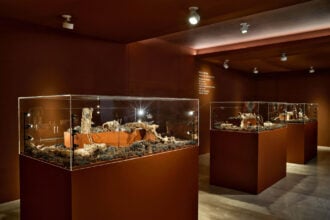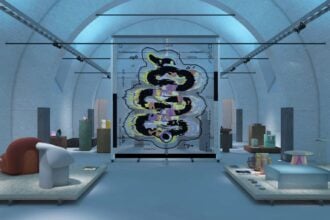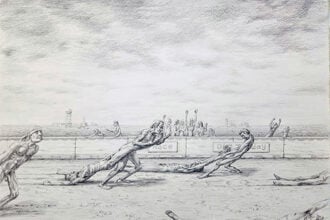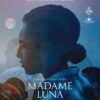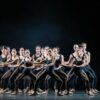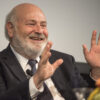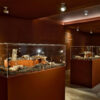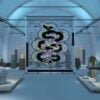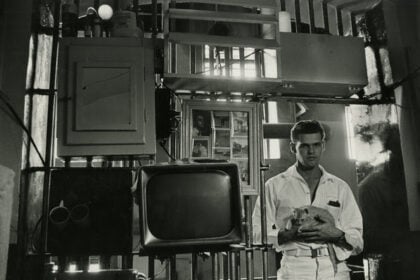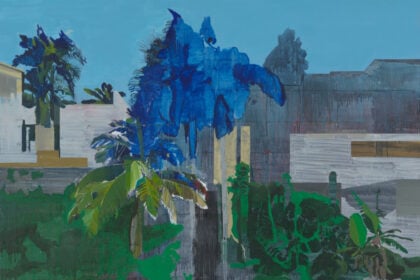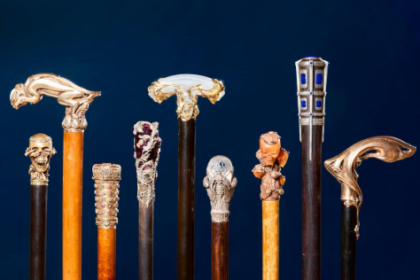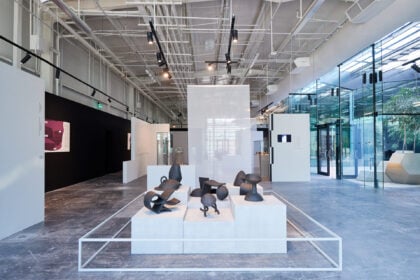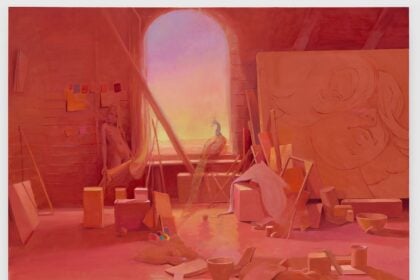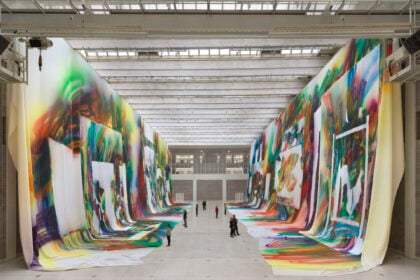NEW YORK—Lévy Gorvy Dayan is pleased to announce the first New York exhibition with Chinese painter Tu Hongtao, opening February 22, 2024, at 19 East 64th Street. Tu Hongtao: Beyond Babel presents sweeping compositions in sumptuous hues that advance the artist’s use of abstraction as
a means to engage with memory, landscape, and society, as well as art history, theory, and poetry.

Introducing more than thirty new works, the exhibition unveils significant developments in Tu’s practice since his first exhibition in 2020 with the gallery in Hong Kong.
The exhibition’s title indicates a key source of inspiration for Tu’s most recent body of work. Paraphrasing the literary theorist George Steiner’s study After Babel, published in 1975, “Beyond Babel” represents our contemporary moment and our reliance on technology to communicate—at the possible expense of more distinctive forms of expression and connection. Tu has explored landscape and abstraction since the early 2010s. His paintings that will debut at Lévy Gorvy Dayan, New York, reveal a new commitment to storytelling as a response to current modes of artificial intelligence
and data collection. The power of imagination and personal association—conceived by the artist as counterforces—are central to the conception of the works on view.
A highlight of the exhibition, the monumental triptych The Corrupted Garden of Eden (2020–23) realizes a painterly dramaturgy that depicts a time of upheaval. Red, pink, blue, white, and gray vibrate across the canvas in tumbling currents, while a rendered tower block and gate can be seen on the left and right sides of the work. As the title suggests, the scene represents a disruption of peace and serenity; however, this disturbance is permeated with its own distinct beauty. Calligraphic lines appear in the top left register—a formal motif used by Tu throughout his new paintings. Influenced by hieroglyphs, he incorporates such lines to activate textual moments, another means of imbuing his canvases with a sense of storytelling.
Tower of Babel (2023) employs figurative elements, recalling Tu’s early practice, to produce an allegorical image of the biblical tower of Babel and its fall. Here, Tu’s perspectival cityscape is characterized by a pastel sky that serves as the stage for a dynamic play of color and light.
Run Boar Run! (2022–23) captures Tu’s process of involving many facets of his lived experience in the creation of his work. The composition is based on a landscape Tu witnessed while hiking, and also draws inspiration from sources including the work of Baroque artist Peter Paul Rubens, online
political propaganda, and remembered conversations with friends. Moving from the personal to the collective, Tu creates poetic and intuitive abstractions that are rich with meaning, inviting viewers to overlay their own interpretations and response.
Interested in painting as language, Tu is inspired by artists who have historically pushed against established conventions. He is drawn to Chinese creatives such as Du Fu (712–770), whose metaphorical poetry deftly intertwined nature and self, and Dong Qichang (1555–1636), a landscape painter and calligrapher who introduced expression and improvisation into his brushwork. His modern influences include Paul Cézanne and Cy Twombly. Tu is fascinated with what he has called their “resistance against society” and use of “nature to balance the conflicts of reality.” With his
new works, Tu dives into the fabric of the everyday, seeking to reconstruct existing and burgeoning narratives. The resulting paintings, he says, take on a “surreal” language, different from his poetic and observational studies of previous years. This evolution in his practice challenges viewers anew to contemplate reality as it is represented and shaped—and to perceive a visual order that brings together social and personal landscapes, the natural and the imaginative.
ABOUT THE ARTIST
In sweeping compositions, Tu Hongtao revisits Eastern and Western traditions of landscape painting to reconsider the representation of space and time. Based in Chengdu, Tu draws on influences that range from the East Jin Dynasty to today, including the innovations of classical scroll painters Gu Kaizhi and Dong Qichang, the abstract gestures of painters Cy Twombly and Brice Marden, and the photocollages of David Hockney. His dynamic canvases convey encounters with nature experienced through multiple spatial, temporal, and cultural perspectives.
Born in 1976 in Chengdu, Tu studied oil painting at the China Academy of Art, Hangzhou. His early Neo-Pop paintings featured cityscapes populated with bodies, reflecting anxieties connected to the rapid social and environmental transformations accompanying China’s economic reform and globalization at the end of the century. In 2008, Tu moved to a studio in rural Chengdu and studied the Chinese literati tradition of landscape painting as well as Yuan Dynasty artist Zhao Mengfu’s theory of the common origins of calligraphy and painting. He frequently visited the mountainous Bifeng Valley in Sichuan during this period, drawing on the terrain for inspiration. As a result, his paintings shifted from mimetic portrayals to illusionistic and psychologically charged realms.
Since 2010, Tu’s compositions have grown increasingly complex, featuring a single landscape layered many times over to redirect any linear experience of the work’s narrative elements, sometimes to suggest the very disappearance of perspective. His brushwork amplifies the precise movements
of calligraphy, the curved wrist’s twists and turns, expanding it into a performative form. Among the recent solo exhibitions dedicated to the artist’s work, in 2018, the Long Museum in Shanghai
organized Tu Hongtao: A Timely Journey, which traveled to the Long Museum, Chongqing. His work can be found in such public collections as the Long Museum, Shanghai; Museum of Contemporary Art, Yinchuan; Power Station of Art, Shanghai; White Rabbit Gallery, Sydney; and Guangdong Museum of Art.
ABOUT LÉVY GORVY DAYAN
Helmed by Dominique Lévy, Brett Gorvy, and Amalia Dayan, Lévy Gorvy Dayan collaborates with artists, estates, non-profit organizations, foundations, museums, and private collections to increase the visibility of twentieth- and twenty-first century works and artists—realizing seminal projects and furthering legacies. In forming Lévy Gorvy Dayan, the partners merge their respective specialties across twentieth- and twenty-first century art, their reputations as leaders and tastemakers, and their respective backgrounds in the primary and secondary markets. Lévy Gorvy Dayan provides opportunities for education, exposure, and access to acquiring exceptional art through its museum- quality exhibition program and thoughtful participation in international art fairs. Expanding,
refining, and enhancing world-class modern and contemporary art collections, the gallery emphasizes connoisseurship and curation in its collection development, estate planning, and art appraisal services. Local in practice with an international perspective, Lévy Gorvy Dayan has premier spaces and unmatched market knowledge in New York, London, Paris, and Hong Kong, in addition to its off-site presentations and global satellite teams.


